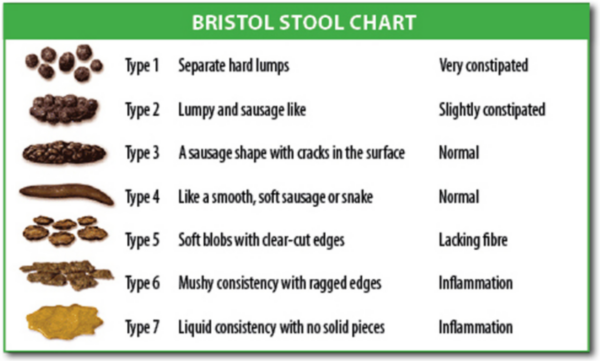Trendy Lifestyle Hacks
Types Of Stools And What They Mean
Stools are an important aspect of our overall health, offering insight into our digestive system and general well-being. The appearance, consistency, and color of stools can reveal valuable information about what’s happening inside our bodies, from our diet to potential health issues.
Understanding the different types of stools and what they mean can help you recognize patterns and identify when something might be amiss. Below is an overview of the various types of stools and their potential implications for your health.
Types of Stools and What They Mean

Type 1: Separate Hard Lumps
Description: Stools are hard, separate lumps, often resembling nuts.
Meaning: This type indicates constipation and suggests that the stool has spent too much time in the colon, where it becomes dry and hard. It may be caused by dehydration, a low-fiber diet, or a lack of physical activity.
Type 2: Sausage-Shaped but Lumpy
Description: Stools are lumpy and sausage-shaped.
Meaning: This type also points to constipation, though it’s slightly less severe than Type 1. It indicates that the stool is still too dry and hard, often due to similar causes such as inadequate fiber intake or insufficient hydration.
Type 3: Like a Sausage but Cracked
Description: Stools are shaped like a sausage but have cracks on the surface.
Meaning: This type is closer to normal but still indicates mild constipation. The stool is relatively well-formed but may be somewhat dry or hard, suggesting that increasing fiber and water intake could help.
Type 4: Smooth and Soft Sausage
Description: Stools are smooth, soft, and sausage-shaped.
Meaning: This is considered a normal stool type. It indicates a healthy digestive system with well-balanced hydration and fiber intake. The stool is neither too hard nor too loose, making it easy to pass.
Type 5: Soft Blobs with Clear Edges
Description: Stools are soft blobs with defined edges.
Meaning: This type is also considered normal and indicates that the digestive system is functioning well. It suggests that the stool is adequately hydrated and has enough fiber, though it may be a bit softer than Type 4.
Type 6: Fluffy Pieces with Ragged Edges
Description: Stools are fluffy, mushy, and have ragged edges.
Meaning: This type indicates mild diarrhea or loose stools. It suggests that the stool is passing through the intestines too quickly, which may be due to dietary changes, stress, or gastrointestinal issues.
Type 7: Liquid Stool
Description: Stools are entirely liquid with no solid pieces.
Meaning: This type indicates severe diarrhea. It suggests that the stool is moving through the intestines very quickly, which can be caused by infections, food intolerance, or other digestive disturbances.


